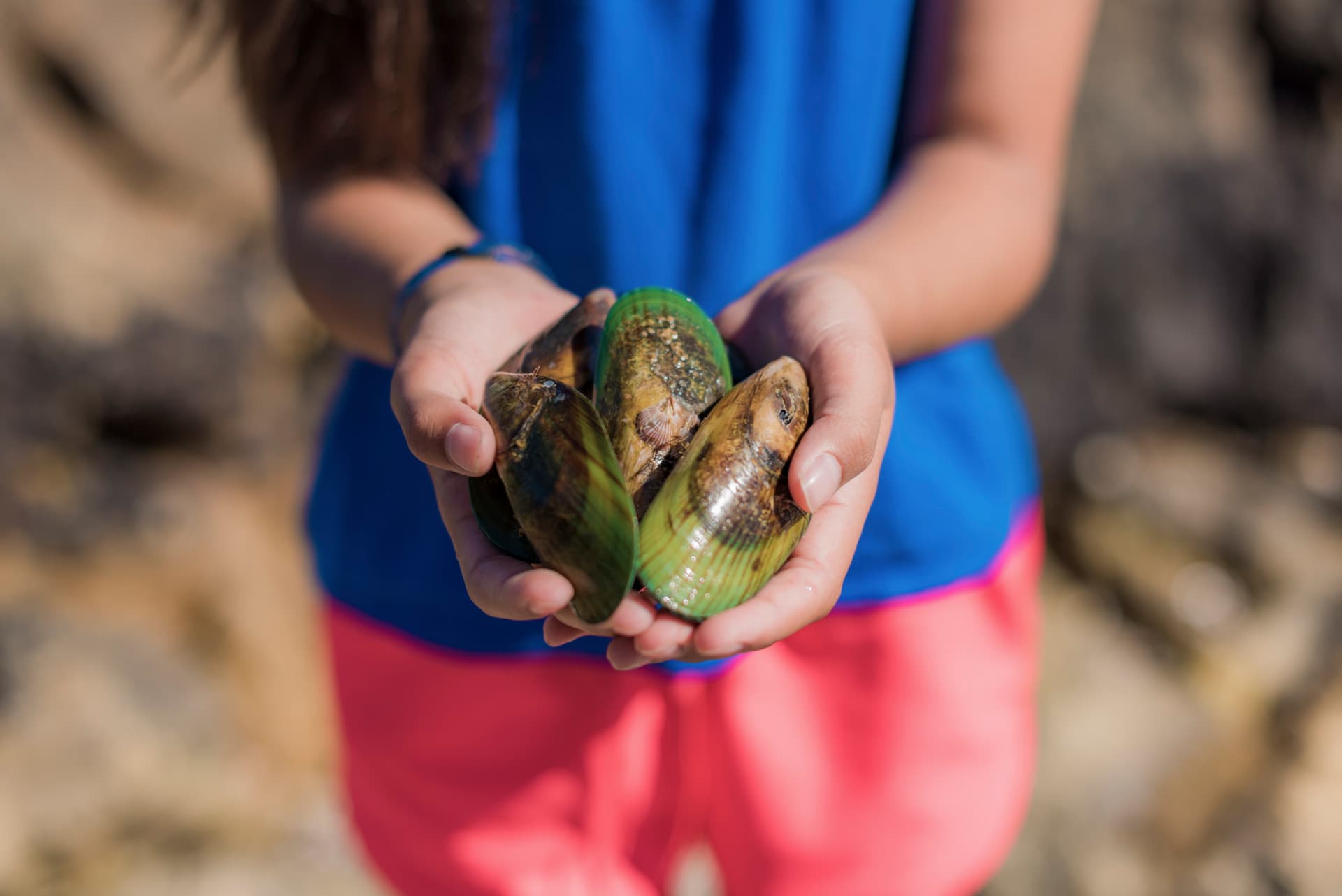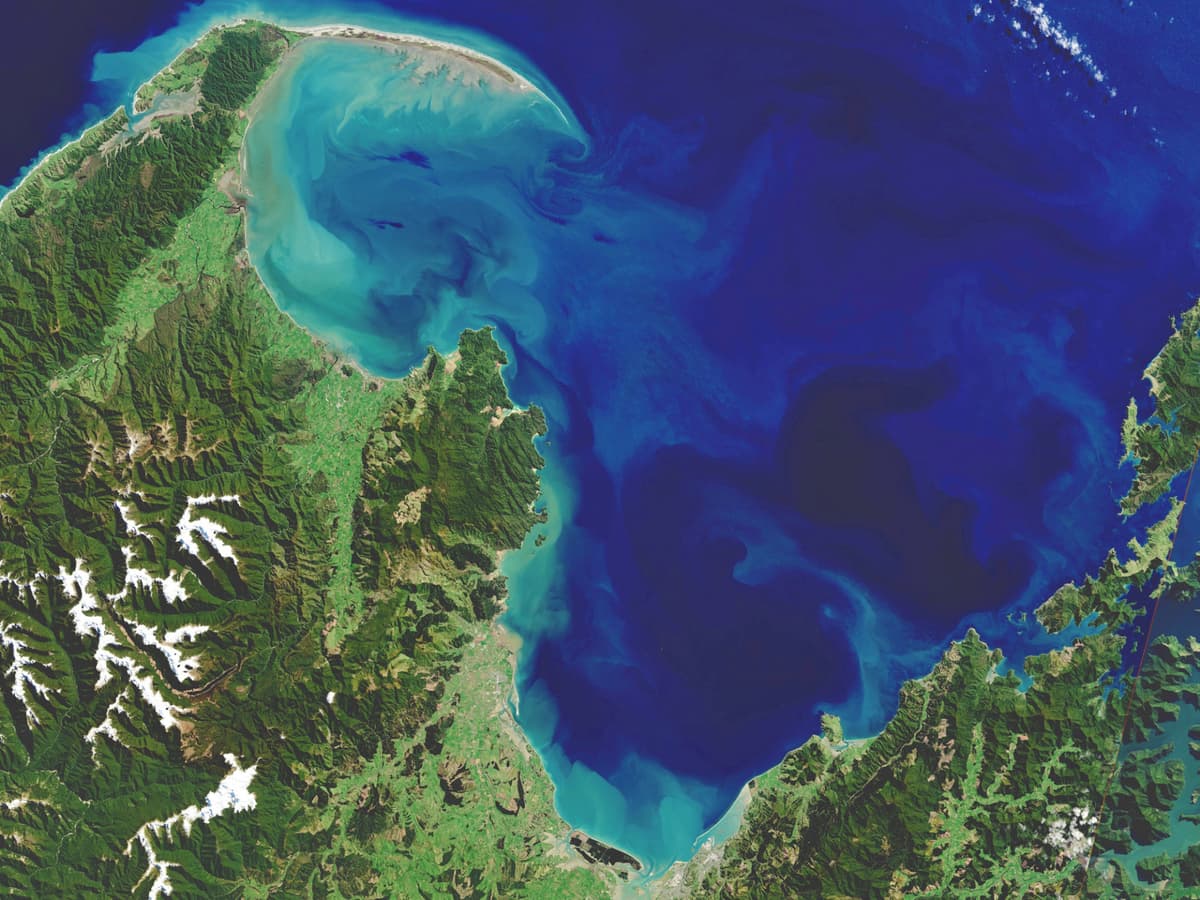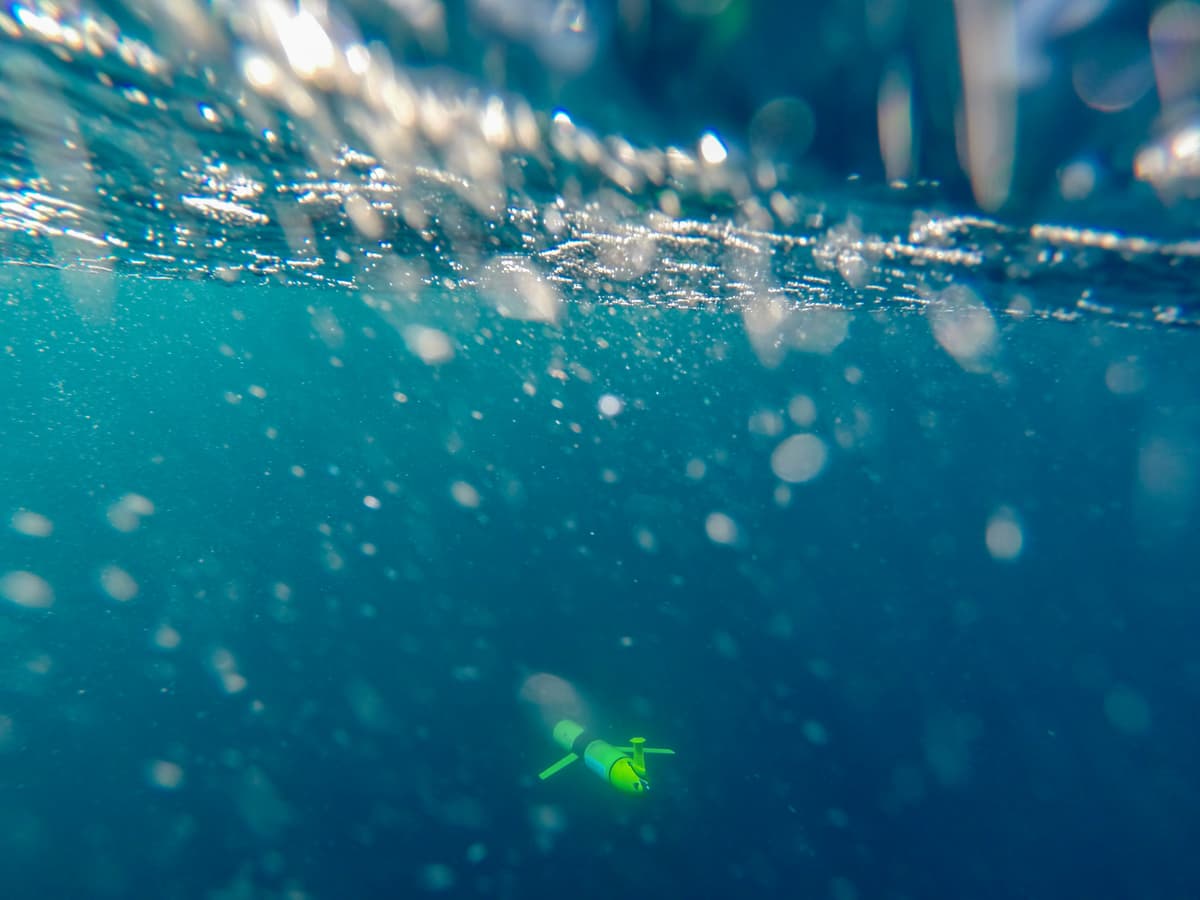

Posted on Tuesday 7 November 2017
Ocean farming has unique challenges. Farms must be physically accessed by boat, stock health and condition are manually recorded, and high costs and delicate equipment are barriers to implementing new technology.
SfTI’s two-year Precision Farming Technology for Aquaculture project is investigating how advanced technologies –artificial intelligence, underwater communications, laser and imaging sensors, drones and robotics – can be combined with practical applied research to enable aquaculture farmers to remotely manage their farms and stock.
Some of the field trials are planned to take place in our ‘case study area’ of Tasman and Golden Bays. This means the SfTI project will benefit from our physical oceanography and modelling research, in particular the Stressor footprints and Forecasting contamination risk for safer beaches and shellfish harvest projects. Vision Mātauranga will also provide a link between the two Challenges.
“This is a great example of the Challenges working together to align research for maximum impact, efficiently using resources and exchanging knowledge,” says Chris, who also manages coastal science at the Cawthron Institute.
“We’re developing new chemical sensors that can identify the amount of food and nutrients in the water for managing stock condition, and imaging sensors that use artificial intelligence to let farmers ‘see’ their farm and stocks in real-time from a computer or mobile device. This kind of tech promotes sustainability and efficiency, complementing the aims of our Managed Seas research theme and Sustainable Seas.”
The project’s innovations are likely to have applications beyond aquaculture; for example they are likely to aid biosecurity and environmental surveillance in ports and harbours.

